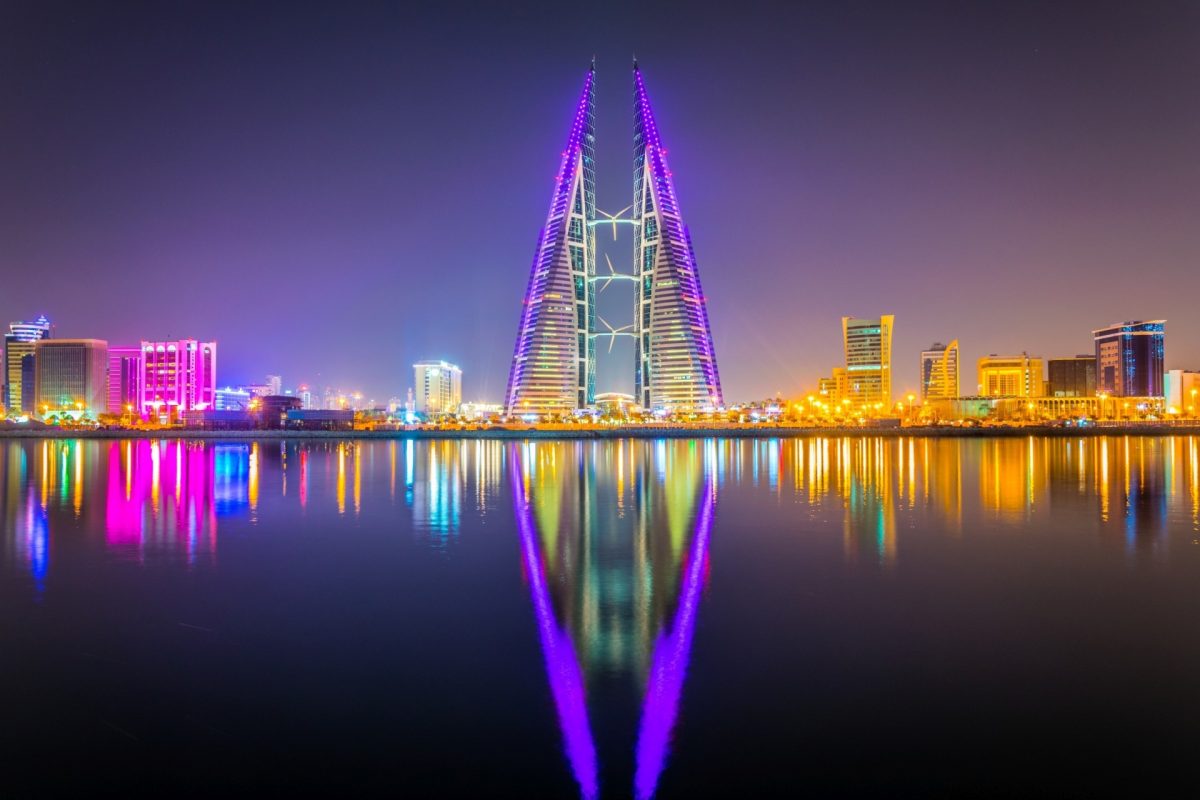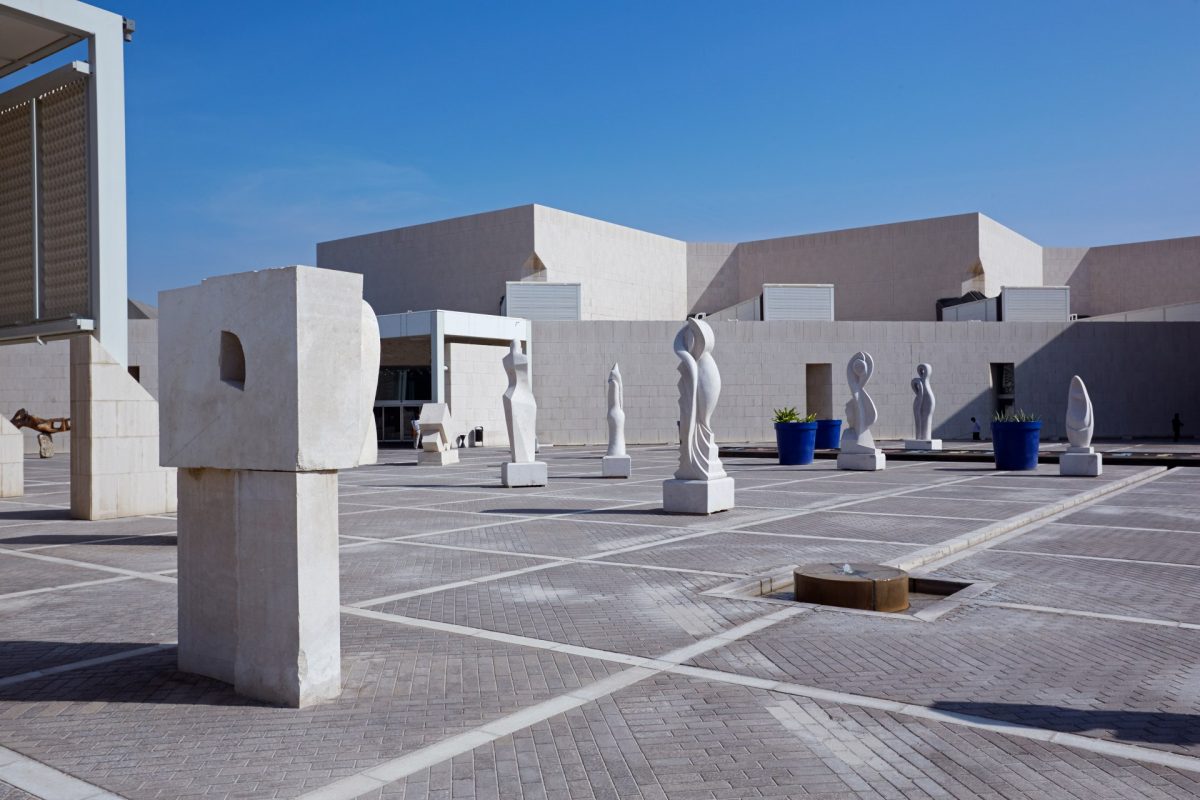In Bahrain, you won’t encounter the same level of opulence as in the UAE, nor the abundance of historical artifacts found in Egypt. Bahrain captivates with its laid-back island vibe, the allure of small-town charm, and a welcoming approach towards tourists.
The history of this diminutive nation dates back three millennia before our era, when the enigmatic Dilmun civilization occupied what is now modern Bahrain. The only surviving written records are Sumerian chronicles that describe Dilmun as “pristine, virginal land”. From its tangible heritage, three UNESCO sites remain: numerous burial mounds, Bahrain Fort, and the Bahrain Pearl Trail.

Dilmun burial sites are scattered across the country, most resembling natural desert mounds. However, excavations that began in the 1970s and continue today have revealed several intriguing archaeological zones where ancient homes and sacred structures have been preserved.
Bahrain Fort, located on the outskirts of Manama, the nation’s capital, is among the most visited tourist attractions. Here, one can trace nearly all of Bahrain’s history and witness remnants of several civilizations: from the Dilmun state of the second millennium BC, settlements of ancient Greeks, Kassites, and Persians, to the architectural ensemble crowned by a 16th-century Portuguese fortress and modern Manama skyscrapers on the horizon.

Pearls harvested off the coast of the Dilmun kingdom were renowned throughout Arabia. The Bahrainis continued this tradition and remain among the few worldwide who still harvest wild pearls. Today, this has evolved into a hobby akin to fishing — anyone interested can purchase a license and dive. Tourists can also try their luck alongside licensed pearl divers and venture to the UNESCO-protected oyster beds north of Muharraq. For those not inclined to dive, the history of this fascinating industry can be explored along the 3.5-kilometer Pearl Trail, featuring buildings of ancient pearl shops, residences of 19th and early 20th-century pearl merchants, and the 19th-century Portuguese fort of Bu Maher, which served as protection for Bahrain’s fleet.
The fort can be accessed by boat from the Bahrain National Museum in Manama. This stylish white travertine structure, crafted by the famous Danish firm Krohn & Hartvig Rasmussen, is also worth noting: the museum’s collection narrates Bahrain’s 6,000-year history and traditions, while the art gallery showcases works by modern Bahraini artists. Included are the dynamic, striking graphics of Ahmed Baqer and Jamal Abdulrahim, Yousif Kassim’s neo-expressionist paintings, genre pieces by Abdulkarim Al-Orrayed, Abdulraim Sharif’s intriguing contemporary abstraction, and the vibrant, decorative, unique portraits of Ebrahim Mohammed Boussaad — the most decorated artist in the country.

Busaad also owns his personal gallery — the Busaad Art Gallery. Established in Muharraq in 2014, it is housed in a renovated building from the 1930s that was owned by the artist’s grandfather. Alongside portraits in various styles, there are also graphics, with particularly interesting calligraphic, often playful illustrations of the Koran — before graduating from the Faculty of Fine Arts at Baghdad University, the author was employed as a staff calligrapher at Bahrain’s Ministry of Education, and later completed illustrator courses at Longman publishing house in London.
One of the oldest contemporary art galleries in Bahrain is Arabesque Gallery, established in 1975 in Manama by a Muharraq artist by the name Wahab Al Kooheji. In his paintings, he pays special attention to the traditional architecture of the Arabian Gulf, and his watercolors draw on the distinctive Middle Eastern silk painting style. Besides Al-Kooheji’s work, the gallery exhibits a collection of antique geographical maps from the 16th to 19th centuries, as well as works by 19th-century Scottish artist David Roberts, created following his travels in the Middle East — the Holy Land, Edom, Syria, Nubia, Arabia, Egypt.
Despite the fact that the Kingdom of Bahrain is entirely situated on islands and shares no land borders with any country, it is possible to reach its closest neighbor, Saudi Arabia, by car via the King Fahd Causeway bridge complex. This impressive 25-kilometer construction, inaugurated in 1986 and linking Bahrain’s Al-Qasra with the Arabian city of Al-Khubar, comprises five bridges supported by 536 concrete pylons. The crossing is named after Saudi King Fahd bin Abdulaziz, who initiated its construction. The Danish engineering company Ballast Nedam designed the structure, which cost $800 million to build. The border checkpoint is situated on the man-made Passport Island. Beyond crossing the border, visitors can also pray in a mosque, dine in a restaurant, and unwind in the gardens.
Photo: shutterstock


